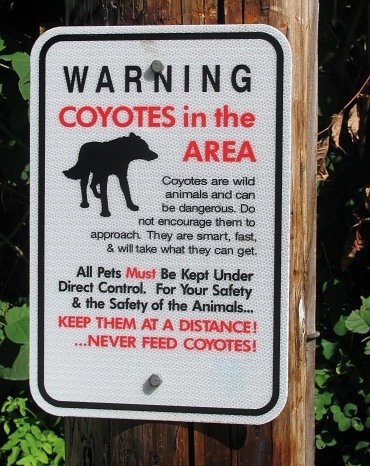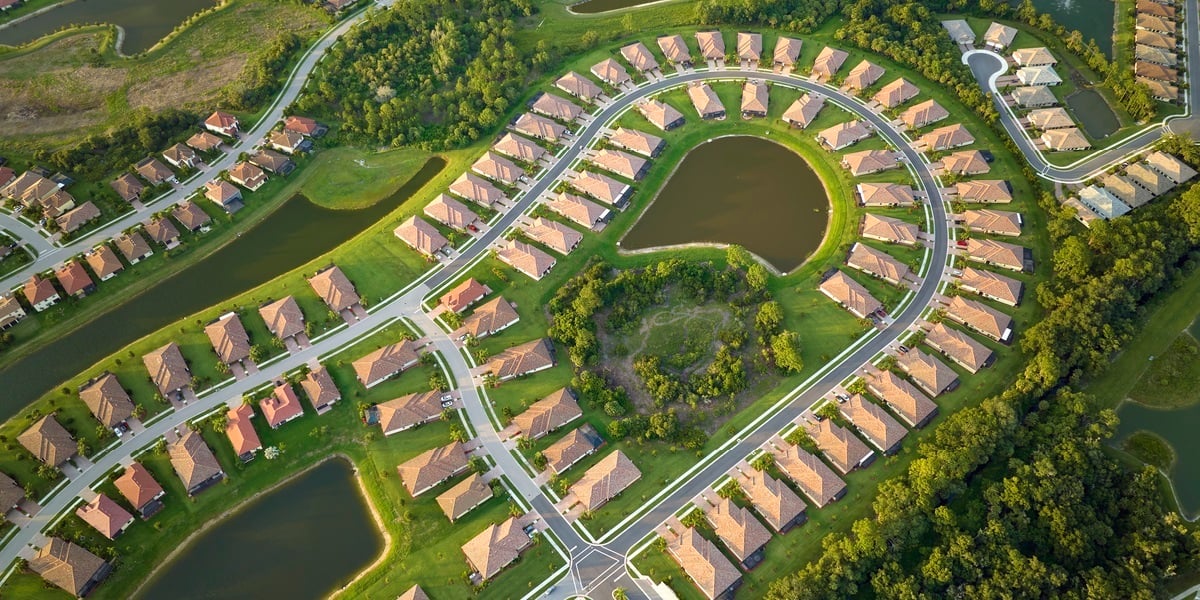 Deer browsing in the back yard is charming. Birds are beautiful, graceful and melodic. Seeing coyote in the distance and hearing them calling to one another at night gives a sense of being close to nature and adds to the feel of your community. But too much of any one thing is never good, and the feeding and encouraging of wildlife in the homeowner's association is not in the best interests of you, the animals or the association.
Deer browsing in the back yard is charming. Birds are beautiful, graceful and melodic. Seeing coyote in the distance and hearing them calling to one another at night gives a sense of being close to nature and adds to the feel of your community. But too much of any one thing is never good, and the feeding and encouraging of wildlife in the homeowner's association is not in the best interests of you, the animals or the association.
Deer
Depending on what you feed them, deer may actually be harmed by your feeding. Some foods will kill them within a few days or debilitate them enough to be easy targets for predators and automobiles. Feeding is a way of domesticating deer. Tame deer create a host of other problems. Because they no longer fear people, they become vulnerable to hunters.
They are emboldened to eat the shrubs in your vicinity. They will bring more deer into your yard and more deer ticks. Concentrations of deer attract coyotes and wolves that will kill your pets along with the deer. Lyme disease and road kill are not something that anyone wants in the neighborhood. Please don’t feed the deer!
Geese, Turkeys & Ducks
Whether it’s a trail of droppings, territorial aggression or destructive nesting and feeding patterns, geese, turkeys and ducks can make life more expensive and a little more difficult or unpleasant for your association and its maintenance crews and managers.
With plenty of open space, feeding areas, and comfortable nesting sites free from natural predators, your community creates a haven for an avian population. Geese and ducks attracted to the lakes and ponds and relative safety of the surroundings tend to be the worst culprit.
There’s an environmentally safe and effective way of living with the winged visitors and decreasing a nuisance in your homeowner’s association.
One of the most important steps is a no-feeding policy. Geese are encouraged to stay in your community, often congregating in the common areas, when they are fed popcorn or bread. In addition, feeding geese human food is unhealthy and causes them to be aggressive. You don’t want to remove all of the birds in your community; you simply want to make the numbers more manageable. A no-feeding policy is an important first step.
Coyotes
Coyotes seem particularly willing to venture into communities, and if left to roam freely can cause damage such as tearing through garbage, become aggressive towards people, and even attack and kill pets. While we don’t want to harm the coyotes, we do need to make our surroundings as inhospitable to them as possible.
Here are some tips on how to do just that:
- Block off pet food, birdseed, fruits and vegetables from gardens, garbage and composts so coyotes can’t access them.
- Make sure your children (and you!) do not feed or try to play with coyotes. While they might look like a rugged version of Rover, coyotes are wild animals that can become aggressive and even bite. Though they are normally timid toward people, coyotes’ natural fear is lessened and they are encouraged to stay in the area if you feed and try to play with them.
- If you run into a coyote while you’re outside, act aggressively: Act big, yell, flail, and even throw small objects at him to let him know he is unwelcome in this area. Do not turn your back on the coyote or run from him, as this will only encourage him to be aggressive towards you.
- Do not leave trash bins on the street or set food out. Secure lids on trash and recycling bins.
- Don’t put meat scraps in compost heaps.
- Don’t let cats and dogs outside unattended, especially at night.
- Walk your dog on a short leash, at your side, not behind you, at all times. If you encounter a coyote, pick up the dog and walk away.
- Don’t walk near bushy vegetation, particularly at dusk and dawn, and avoid walking near abandoned or neglected properties.
- Report sightings to local animal control, especially if the animal isn’t easily intimidated by loud noise or bright light or if you see the animal during daylight hours.
- Carry a flashlight, air horn, or bear or pepper spray when walking. If caught unprepared, shout and throw small objects.
No matter how heavily populated with people your homeowners association may be, it doesn’t always deter some wild animals from sharing the space. The most effective way to coexist is to have appropriate rules in place and let the wild animals be wild. Do not provide them with food either purposefully or accidentally.










